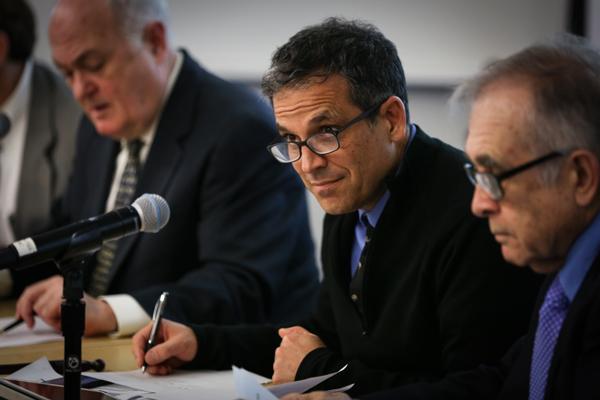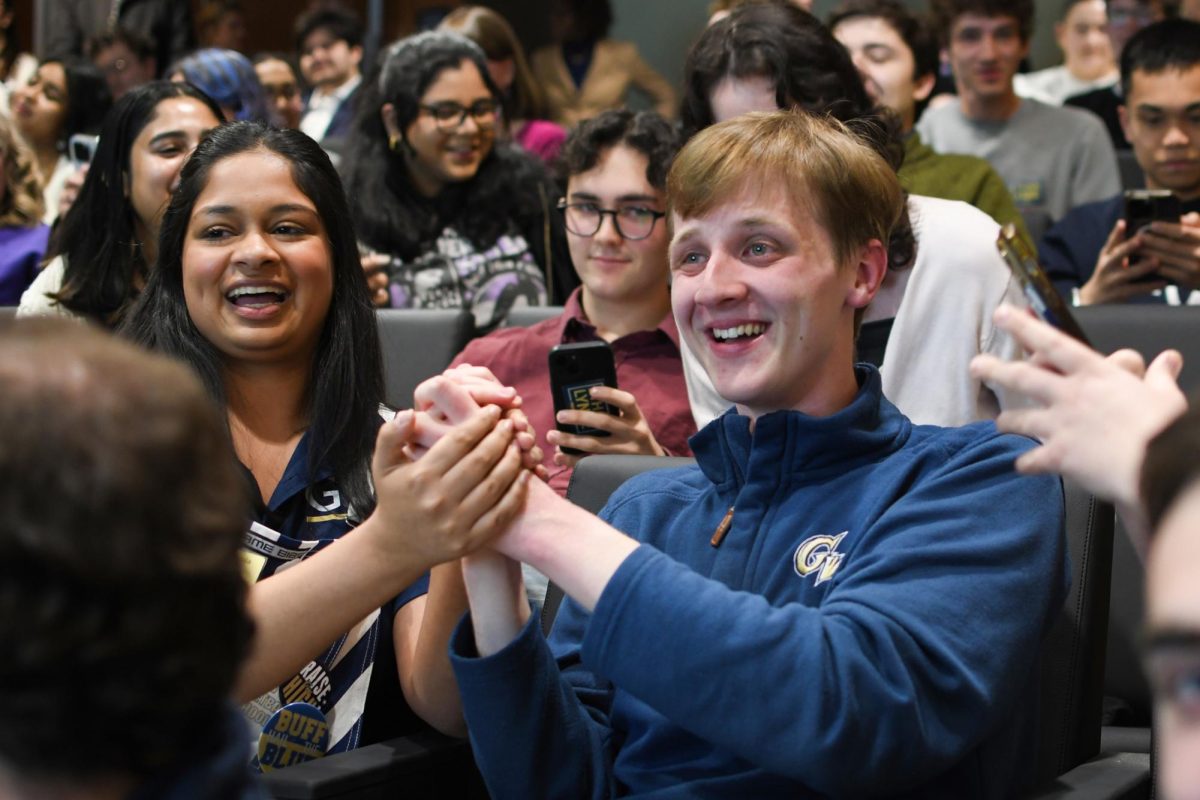The search for a new provost is expected to begin this fall, a University spokeswoman said last week.
The process will begin about one year after former Provost Steven Lerman announced he was stepping down. Faculty and experts say the yearlong wait to begin the search is not surprising due to ongoing structural changes in the provost’s office and because the University president’s contract has not yet been renewed for the next five years.
Since Lerman officially stepped down in January, Forrest Maltzman, the former senior vice provost for academic affairs and planning, has served as interim provost. In that role, Maltzman has reorganized the office by combining GW’s online learning office and the teaching and learning center and shifting responsibilities for the vice provost for diversity and inclusion.
University President Steven Knapp has said a search will not happen until Maltzman has had time to streamline the provost’s office, including moving veteran services under the Division of Student Affairs.
University spokeswoman Candace Smith did not give any other details about the search, including who will be involved and when officials expect to complete it.
There are four other ongoing searches within the provost’s office: the vice provost for diversity, equity and community engagement, the dean of admissions, the director of the counseling center and the director of retention.
The vice provost for faculty affairs, Dianne Martin, also recently announced she will retire in August from her position. Shelly Heller, the associate provost of academic affairs for the Mount Vernon campus, will also be stepping down from her role this year.
A typical provost search
William Funk, the founder of R. William Funk and Associates – a higher education consulting firm that helps universities find high-level administrators like provosts – said the first step in a typical provost search is to create a pool of candidates, which can take two to three months. Those candidates then go to a search committee, which narrows the pool down to 10 to 12 people.
From there, Funk said, universities conduct background checks, reference checks and interview six to eight people before the final three or four candidates are invited to come to campus for an interview with campus representatives, including the search committee, selected students and the president.
“Usually a search is done because it’s important that the constituents have a chance to weigh in,” Funk said. “This way everyone can provide feedback to the president about the candidates, and then, ultimately, the president makes a decision.”
When officials begin their search in the fall, they will likely look for candidates who can lead the implementation of the University’s strategic plan four years after its creation.
Funk added that candidates often come from both inside universities as well as outside, and that typically internal candidates are sitting deans, or associate or vice provosts.
This will be GW’s second provost serving as the chief academic officer in recent history. Previously, the role was filled by a vice president.
The president-provost dynamic
Charles Garris, the chair of the Faculty Senate’s executive committee who has been at GW for more than 40 years, said he thinks the main reason for the delay in a search is the uncertainty surrounding Knapp’s contract, as the president is often a big selling point for potential candidates for provost.
“There doesn’t need to be a tremendous amount of urgency at the moment because Interim Provost Maltzman seems to be on top of the administrative end of what needs to be done,” Garris said. “It’s just hard for an interim provost to discuss any vision because he’s not going to be here that long.”
He added that having an “adept” interim provost decreases the urgency to finding a replacement.
Maltzman has worked at GW since 1993. He oversaw the University’s last accreditation in 2008 and worked closely with Lerman in his former role.
Garris said he thinks this period of waiting to begin the search is not unusual, especially because it involves a high-level administrator.
“When a high-level administrator leaves it gives you an opportunity to do a little bit of introspection and self-study before you embark on the search,” he said.
Donald Parsons, an economics professor who has been at GW for nearly 20 years, said there is some speculation among faculty that the University does not think it can attract a provost until it is confirmed that Knapp is going to stay.
“It’s not totally illogical,” Parsons said. “If a new person comes in he will almost surely want his own provost. It is his second-in-command. He’ll want his own person.”
He added that the distinction between a permanent provost and an interim provost lies mostly with the future direction of a university because interim provosts typically don’t stay in the role long enough to complete any long-term goals.
“He’s not going to be sitting there saying, ‘There’s where I want the university to go,’” Parsons said. “He’s going to be sitting there saying, ‘How do I hold it together until a real person comes in?’ That’s what interims do.”
Ann Zanzig, a consultant emeritus at the University of Wisconsin-Madison who has been involved in several president and provost searches, said the president of a university can strongly affect the selection of potential provost candidates because the president and the provost must have a strong working relationship.
“Until your president is secure one way or another, I don’t think it would make sense to bring in a new provost,” she said.
Avery Anapol contributed reporting.







